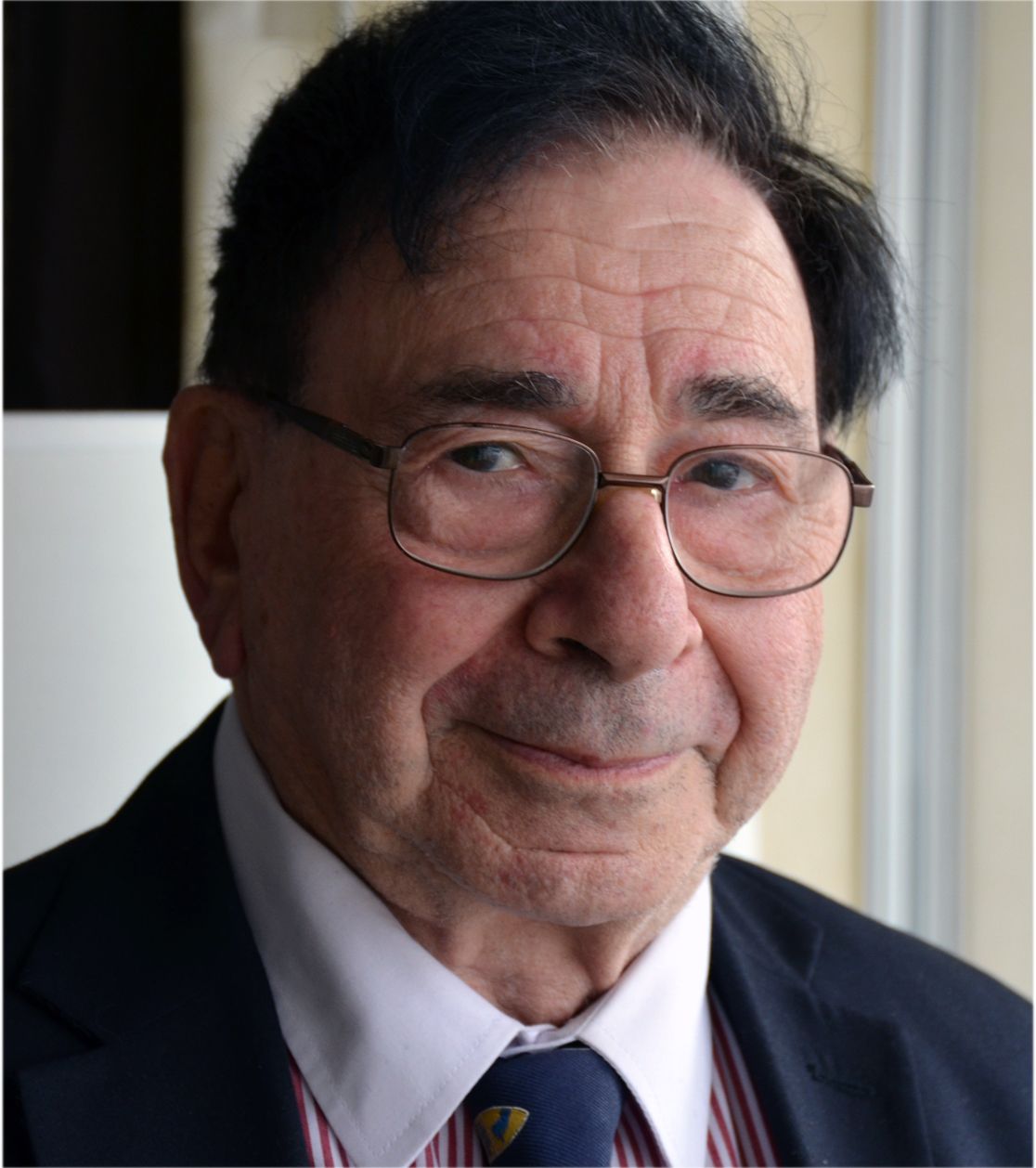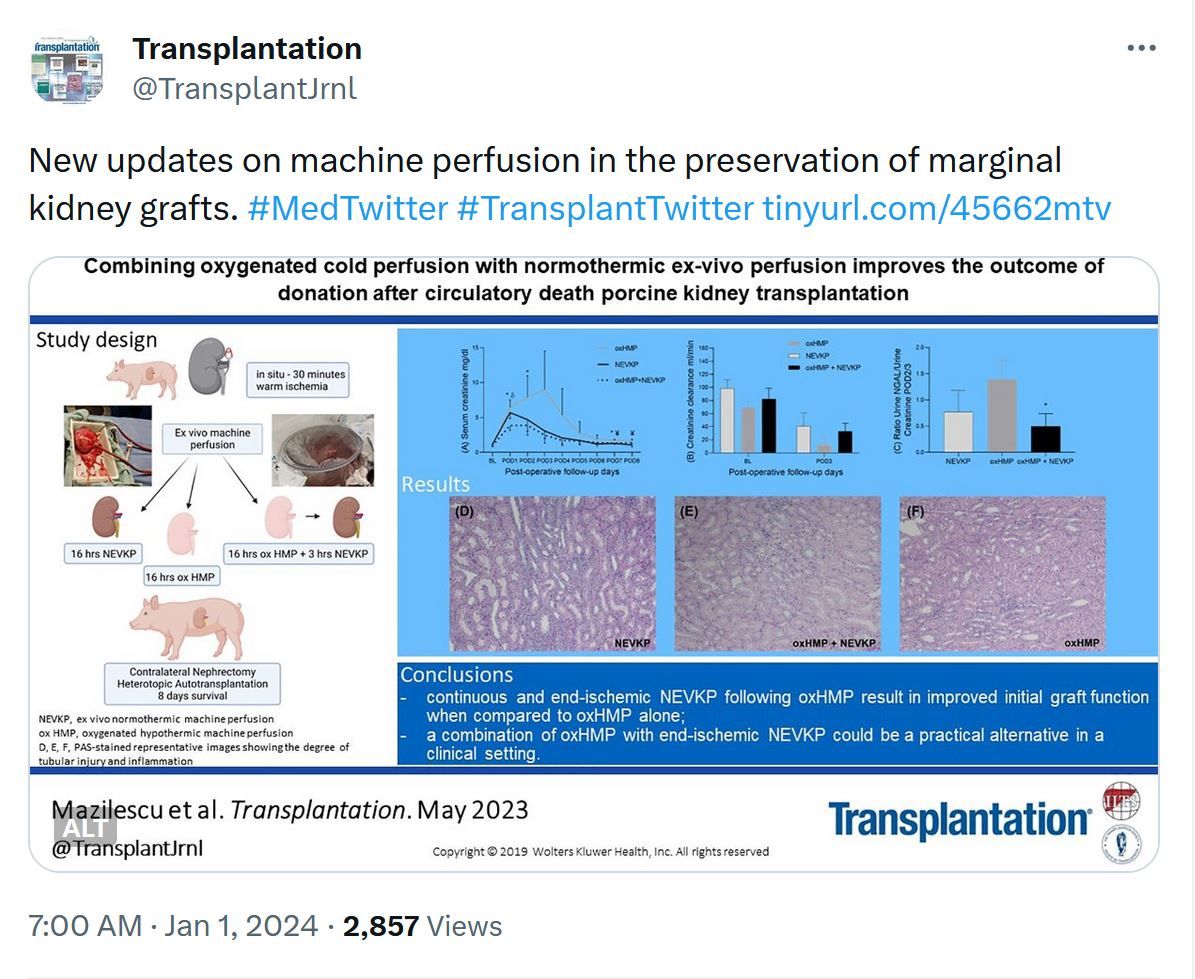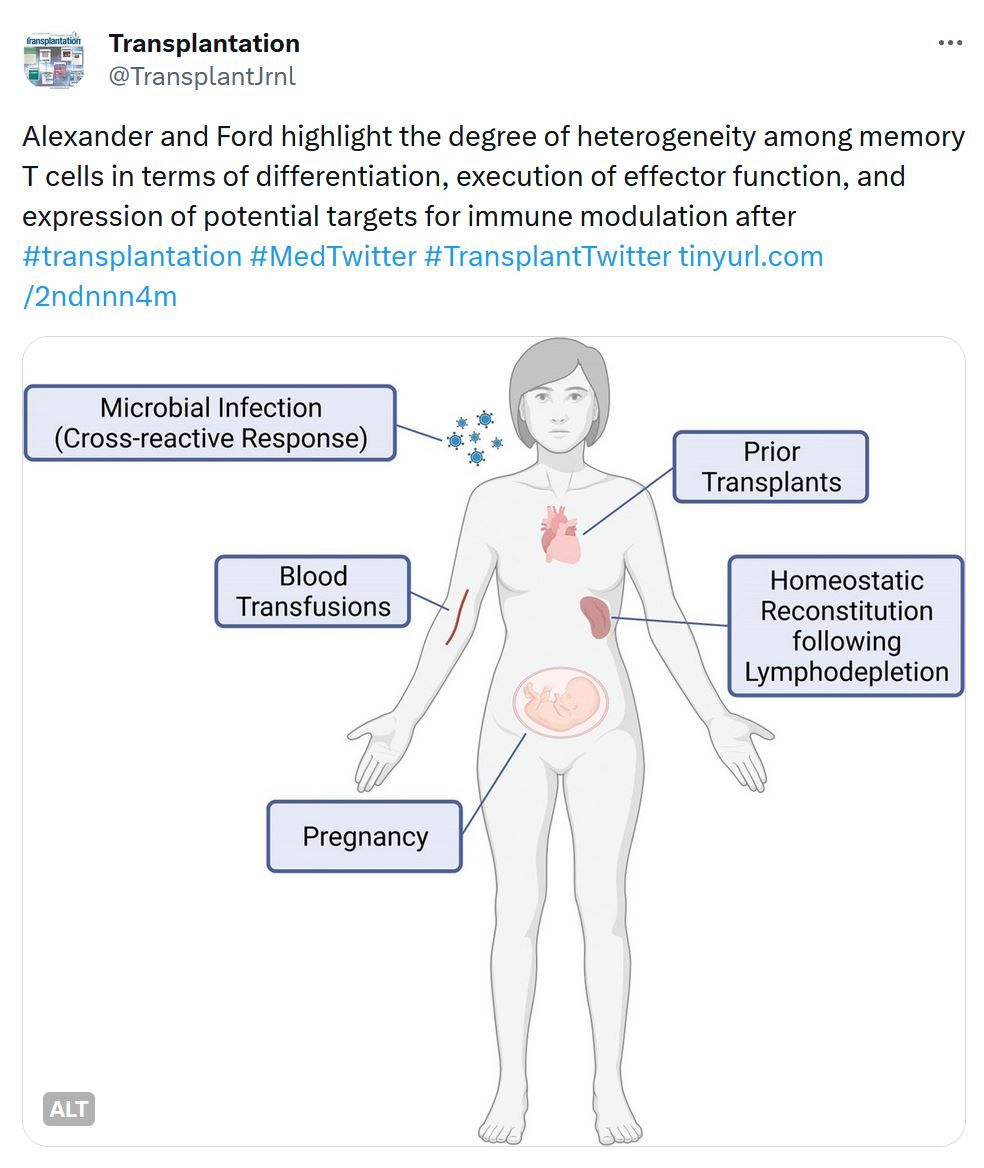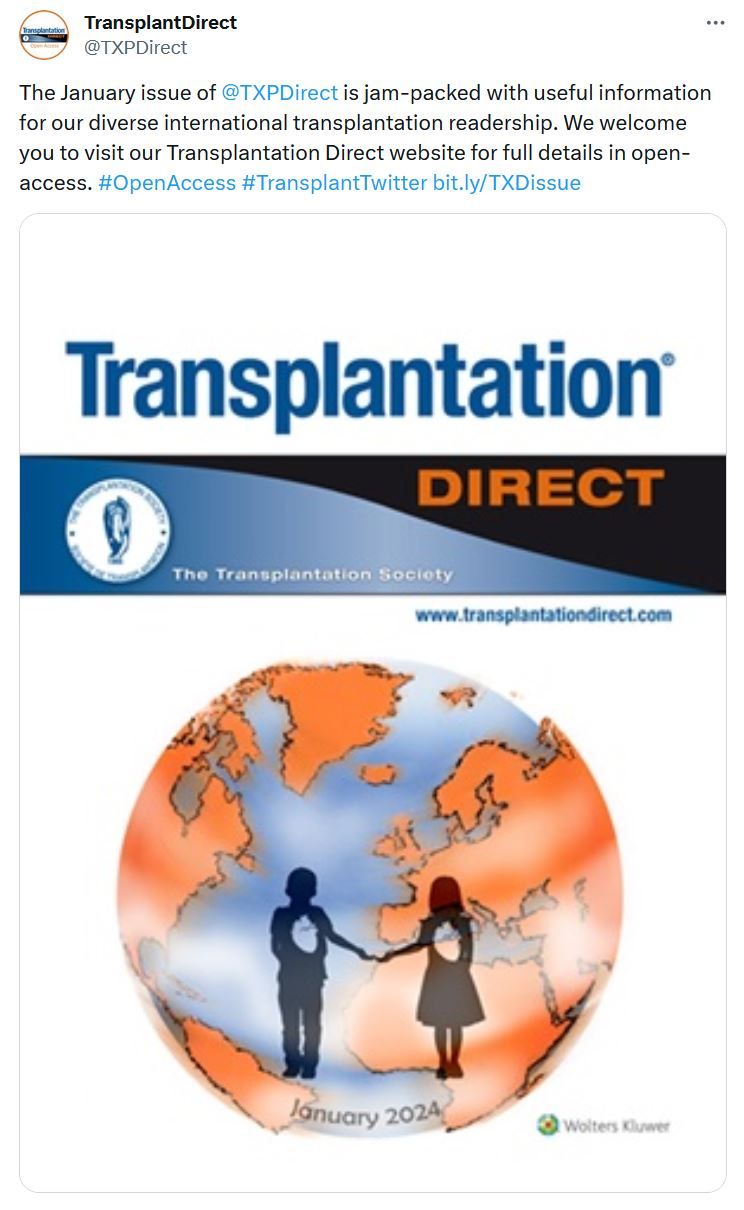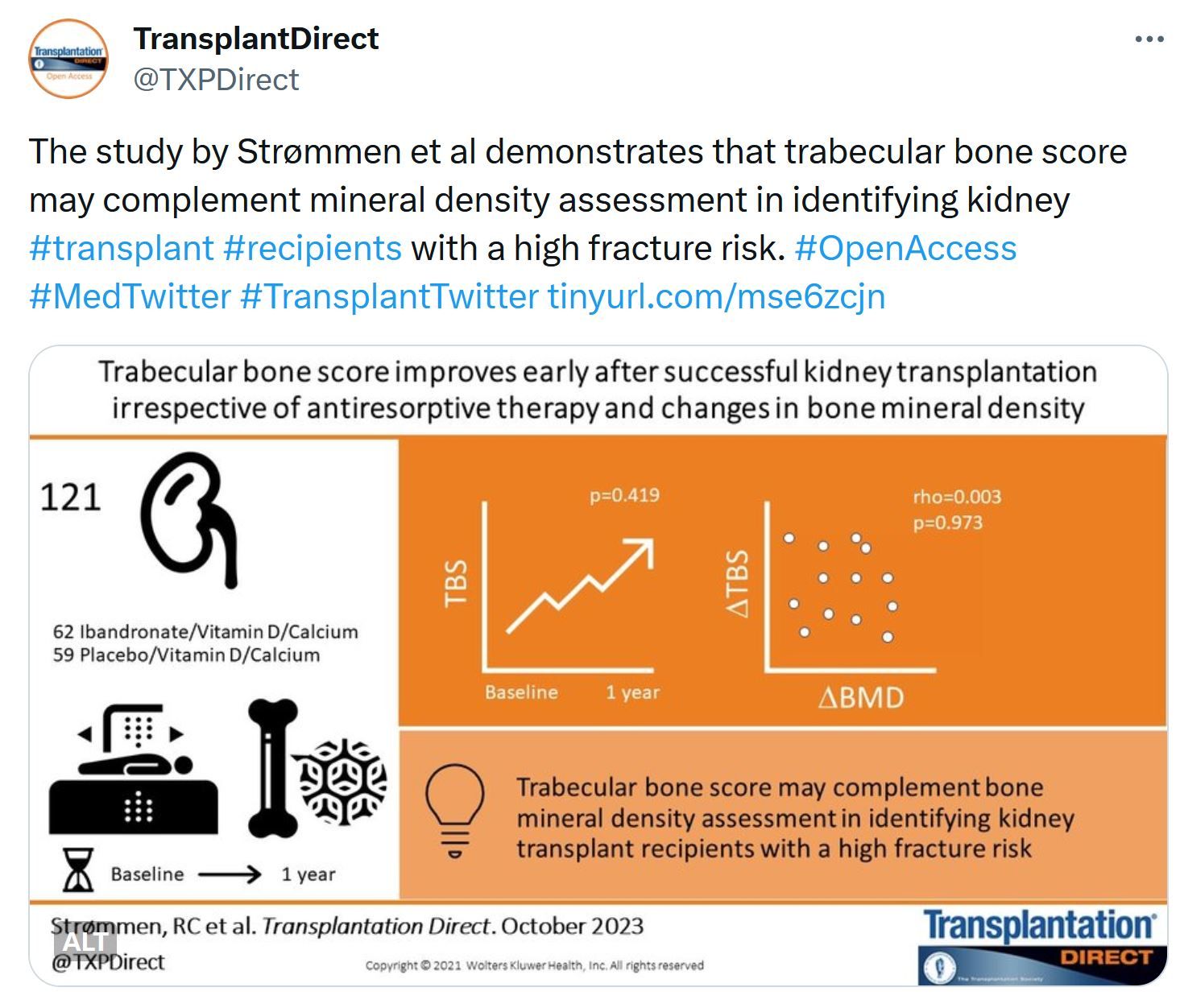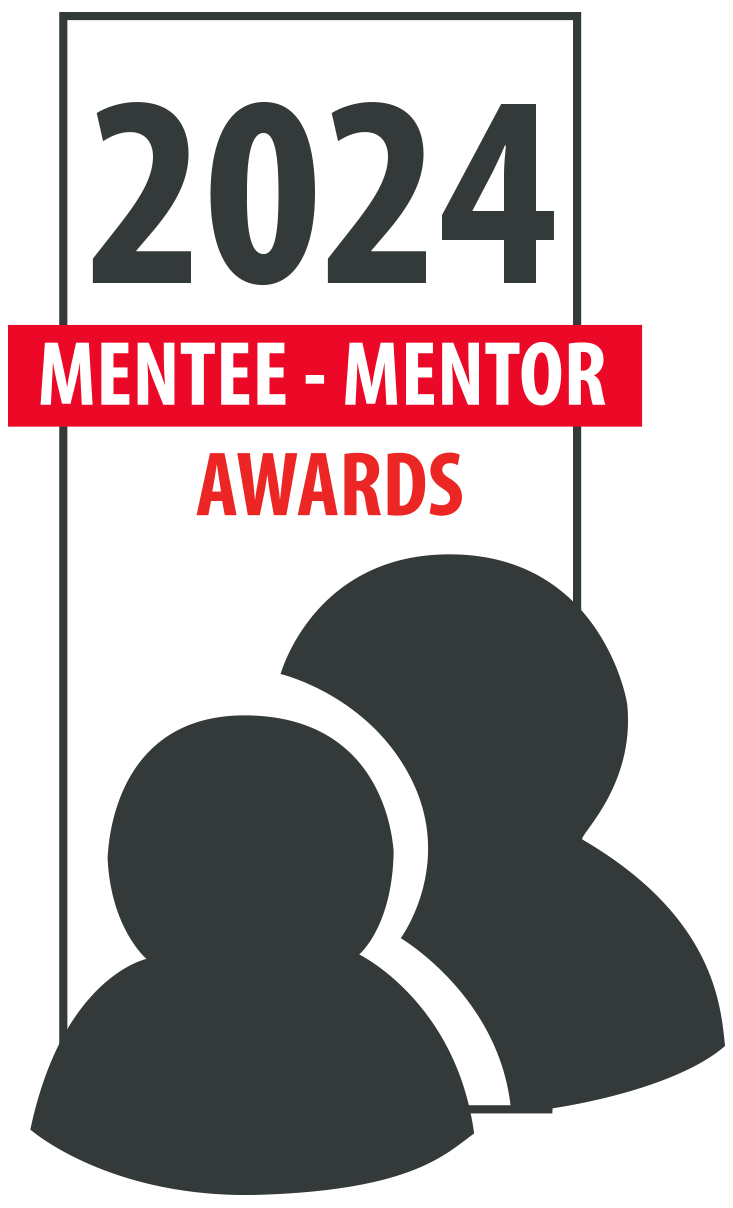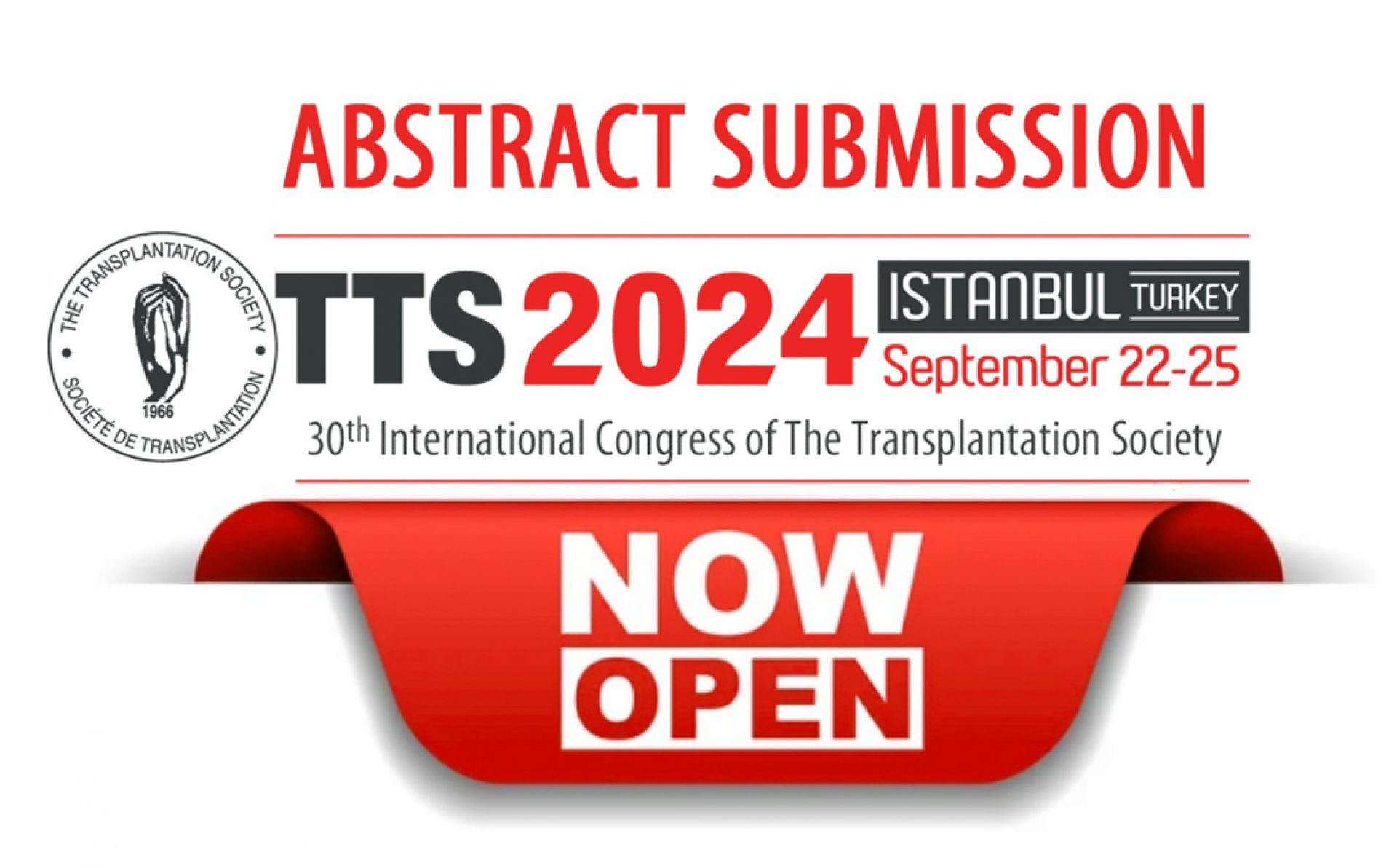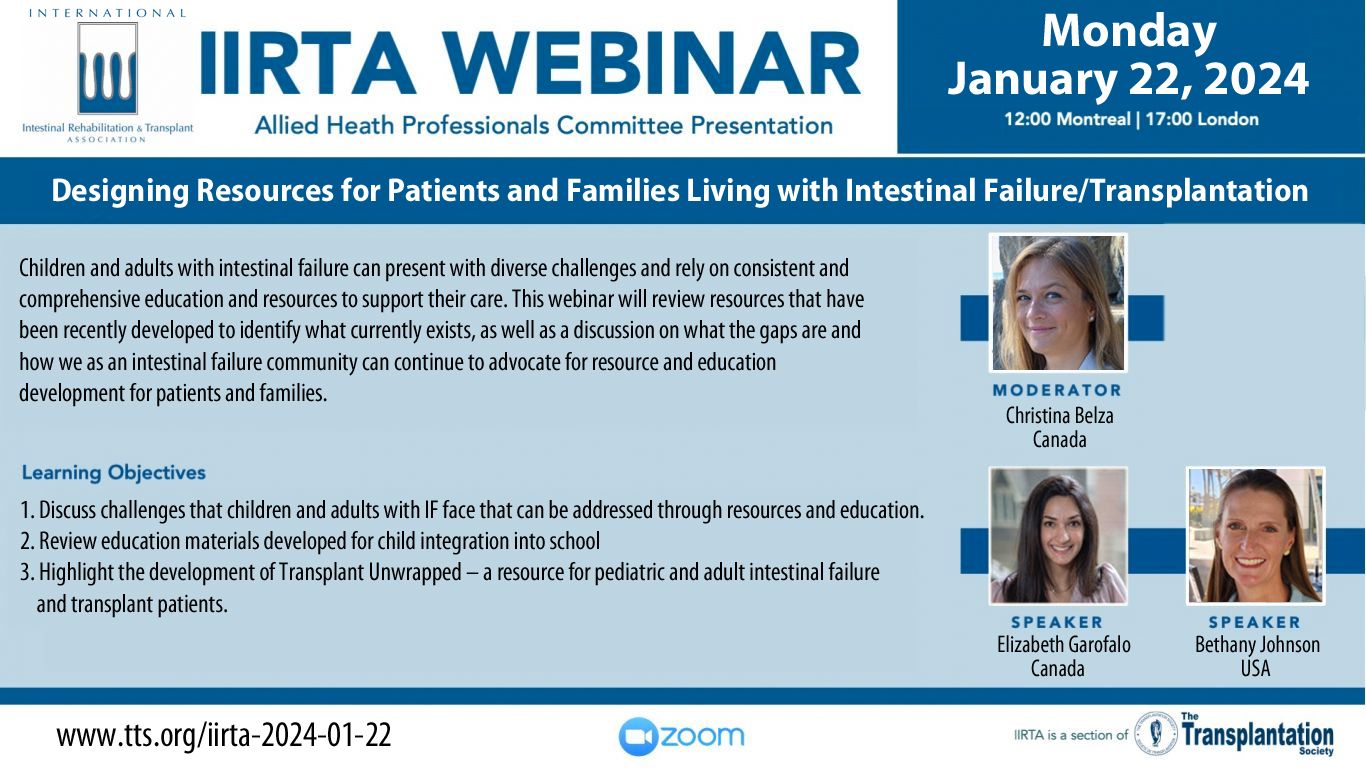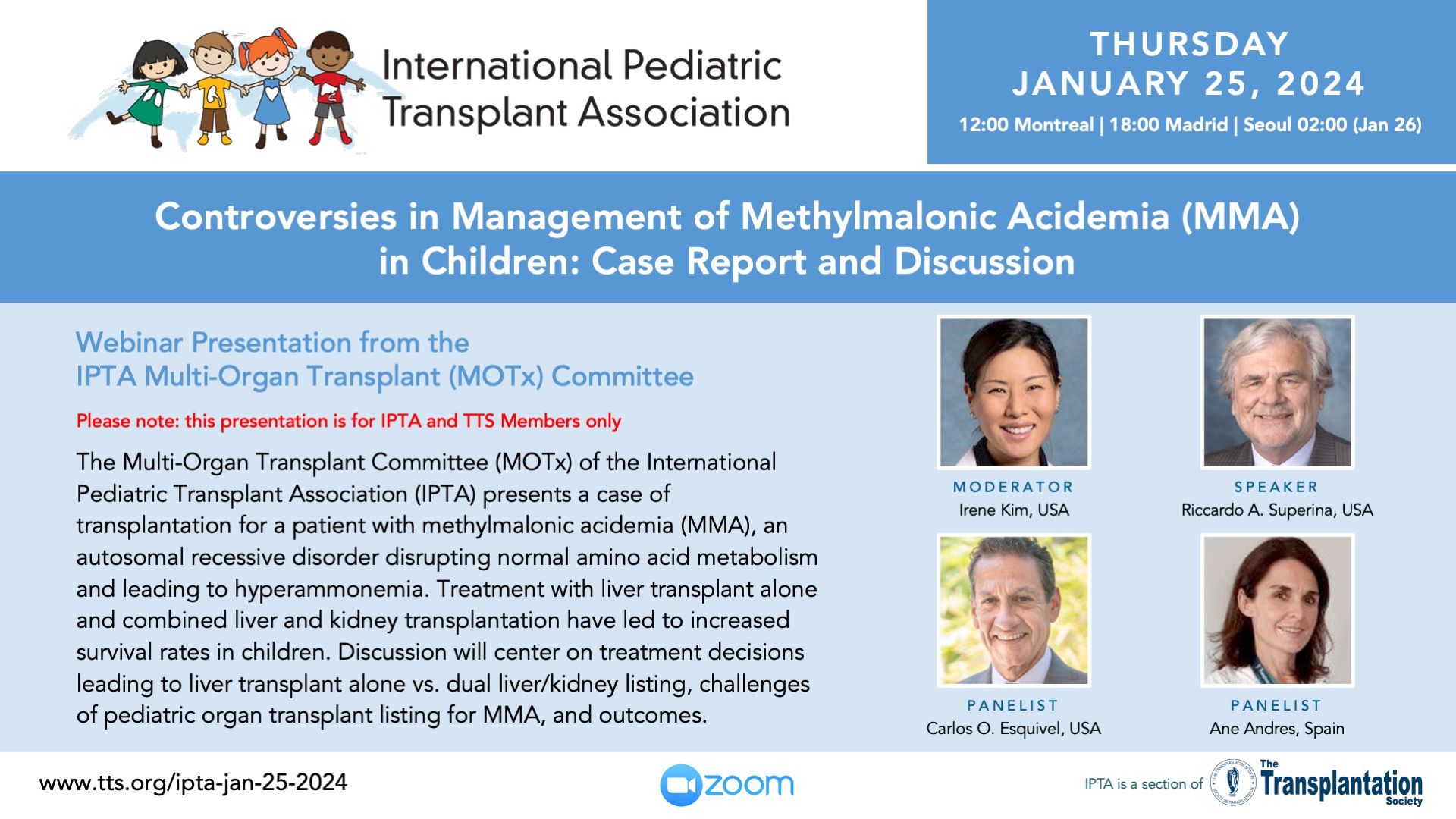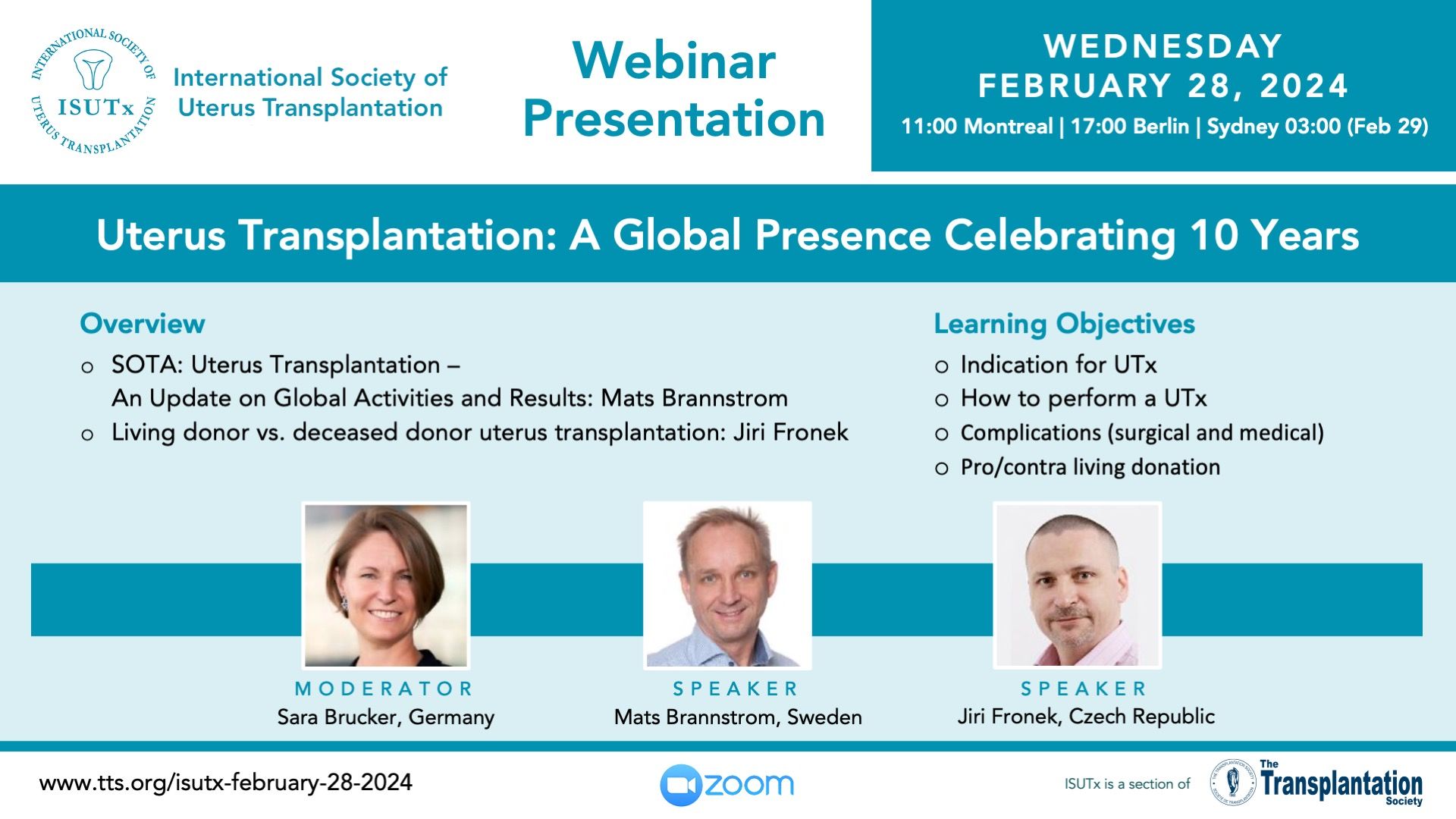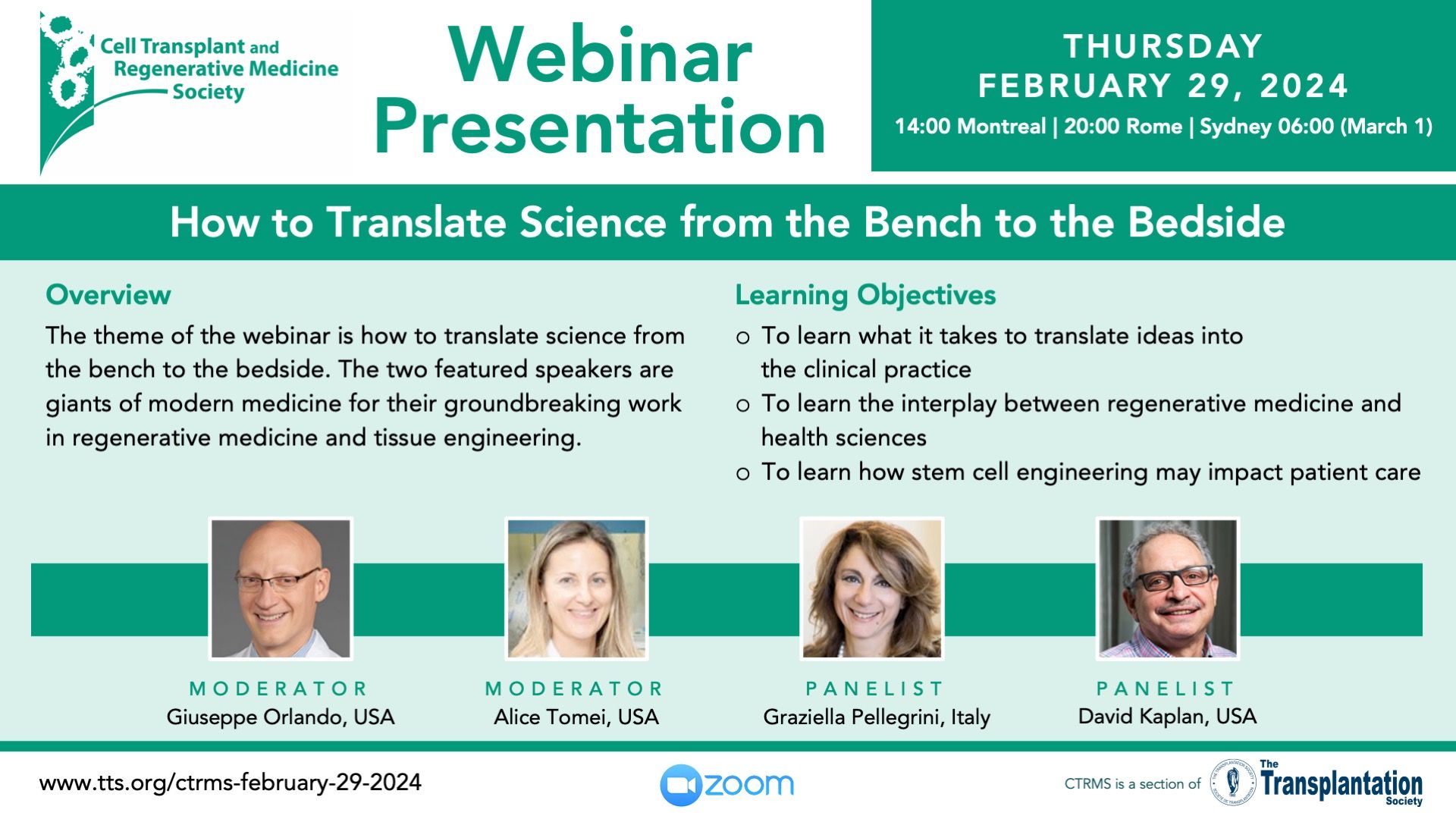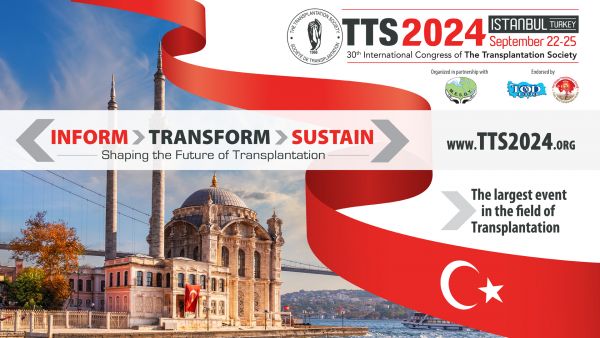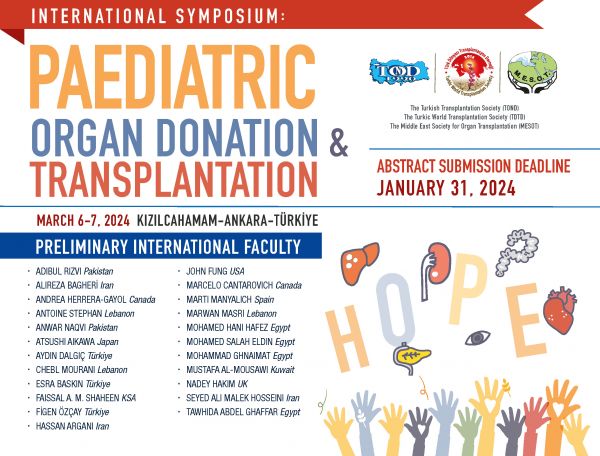
In Memoriam - Sir Roy Calne (1930-2024)
It is with deep sadness and heavy hearts that we announce the passing of Sir Roy Calne, TTS Past President, Medawar Laureate and dear friend.
Tribute to Sir Roy Calne by Peter Friend and Chris Watson
Sir Roy Calne, one of the most distinguished surgeons of his generation, died on 6th January, just a week after his 93rd birthday. He led a life of discovery and innovation, one that has touched everyone in transplantation, either directly or indirectly.
His interest in transplantation was sparked by meeting a young man of his own age in the 1950s who was dying of renal failure. The young Roy Calne was told there was nothing that could be done except to keep him comfortable: he asked about transplantation and was told it was not possible. A couple of years later he attended a lecture by Sir Peter Medawar in Oxford, at the end of which Roy asked whether there was any clinical use for the immunological discoveries described, receiving a curt negative response. Following this, and on very many other occasions during the next 40 years, Roy demonstrated that he would never allow the pessimism of others to distract him from his chosen destination, even in the face of sometimes intense opposition. He was a man of extraordinary tenacity.
Pursuing his interest in transplantation while working at the Royal Free Hospital in London in 1958, Roy performed experimental kidney transplants in dogs that had undergone irradiation in an effort to achieve tolerance (or at least acceptance) of kidney grafts. Disillusioned by the poor results, he was stimulated by the work of Schwarz and Dameshek who showed that a drug, 6-mercapto-purine (6MP), made rabbits tolerant of foreign antigens (bovine and human albumen). He decided to test 6MP in dogs and showed it to be an effective immunosuppressant of allogeneic kidney grafts, but it was too toxic with the animals dying of sepsis.
In 1960, he travelled to Boston on a Harkness fellowship to work with kidney transplant pioneer Joe Murray, who 6 years previously had performed the first successful kidney transplant between identical twins. En route he stopped at the Burroughs Wellcome laboratories of Elion and Hitchings, who were researching nucleotide analogues for the treatment of leukaemia. From them he acquired a number of compounds, including BW57-322 which we now know as azathioprine. He showed this to be an effective immunosuppressant, safer than the 6MP from which it was derived. The first success of this treatment, a dog named Lollipop, graced the Grand Rounds of the Peter Bent Brigham hospital, charming the luminaries at the front of the auditorium. When Thomas Starzl combined azathioprine with steroids, the era of effective chemical immunosuppression had become a reality.
When Roy returned from the US, he worked in London before being appointed in 1965 (at the extraordinarily young age of 35 years) to the Chair of Surgery in Cambridge. There he established a renal transplant unit, a dialysis unit, and later performed the first liver transplant outside the US in May 1968. Some idea of the magnitude of that challenge can be gauged by the fact that the anaesthetist on that day used the only pulse oximeter in the hospital; there were no blood gas machines and limited intensive care facilities. The donor was a young DCD donor, and the recipient was in the operating theatre next door, anaesthetised, awaiting the donor’s death so that the liver could be quickly removed and transferred across to be implanted. He experienced institutional and professional opposition to surgery as radical as this, and it is a testament to his fortitude, and to both his and his patients’ courage, that he persevered.
At an early stage, Roy joined forces with Roger Williams, the similarly-minded hepatologist who established the Liver Unit at Kings College, London, whom he had first met when they were junior doctors at the Royal Free Hospital. They formed a powerful partnership, the Kings/Cambridge liver transplant programme, which stretched the boundaries of liver transplantation in the era before the benefits of this procedure were accepted and when few clinicians persevered.
Throughout his career Roy maintained his focus on immunosuppression: the holy grail, then as now, was the achievement of immunological tolerance. In 1977 he heard of a novel drug developed by Sandoz (now part of Novartis) to combat candida, but discarded because it affected the lymphoid system of mice. Jean Borel of Sandoz had shown that this drug, cyclosporine A (ciclopsorin), could facilitate allogeneic skin grafts in mice. David White, a researcher in the Department in Cambridge, heard Borel speak and reported his findings to Roy. Within 2 years Sandoz was persuaded to hand over all the drug they had, and Roy with his research and clinical teams had shown success in heart transplants in mice and kidney transplants in dogs, and used it clinically to immunosuppress recipients of kidneys, livers, and a pancreas.
With the introduction of ciclosporin, the results of transplantation were transformed. Kidneys would reliably last more than a year, and livers and hearts and lungs could be undertaken without the often fatal side effects caused by the previously used heavy doses of steroids. The field of solid organ transplantation had moved up a gear.
At the end of the 1980s, Sir Roy undertook experiments with FK506 (tacrolimus), but found that it caused a vasculitis in dogs. He observed that rapamycin (sirolimus) has a similar structure to tacrolimus (although later found to have a different mechanism of action), and undertook the early experimental and clinical studies with this agent. Meanwhile in the US, Thomas Starzl showed that tacrolimus, used at much lower doses in clinical liver transplantation, was less toxic and more effective than the animal data had suggested.
The Department of Surgery in Cambridge in those early days was always busy, with visitors from abroad coming to learn liver transplantation. New journals would be scrutinised for novel immunosuppressants or tolerogenic protocols, and always for anything Thomas Starzl published. Patients would be referred from all around the UK and beyond. He developed techniques, and a team around him, that pushed the frontiers of transplantation with a number of notable firsts. Partly as a result of Esther Ranzen’s championing of Ben Hardwick’s plight, the UK’s first paediatric liver transplant programme developed in the 1980s. With John Wallwork at Papworth Hospital he performed the first combined heart-lung-liver transplant in 1986. He performed the first small bowel transplant and the first multi-visceral transplant in the UK.
His interest in tolerance persisted throughout his career. At the European Society of Transplantation meeting in Vienna he heard a young American surgeon, Stuart Knechtle, describe inducing tolerance in primate kidney transplants with a T cell antibody bound to a diphtheria toxin, which caused profound T-cell depletion. There was no similar antibody in Cambridge but there was Campath-1H (later alemtuzumab), which had been developed by Herman Waldmann and Greg Winter. As a powerful lymphocyte depleting agent it was a logical choice to explore the possibility of tolerance induction. While it did not achieve tolerance, it did enable a reduction in traditional immunosuppressive doses, a state which Roy called “prope tolerance”, or “almost tolerance”. It is now widely used as an induction agent, albeit still not licensed for transplantation.
Following his retirement from the Chair of Surgery in Cambridge he became interested in the possibility of treatments for diabetes using viral vectors to deliver insulin gene therapy for the treatment of diabetes, work he did with collaborations in Cambridge and Singapore (where he held a visiting professorship for many years).
Outside of work Sir Roy was an avid sportsman, with a keen interest in tennis and squash. He was even tempted, on occasion, to have a game of squash during the haemostatic pause at the end of a liver transplant. The annual sporting contests between the Cambridge and Oxford Departments of Surgery were highly competitive but sociable affairs that led to long-lasting friendships across the two centres. He was also a keen artist, and was inspired by John Bellany, one of his patients and a famous artist, to paint his patients. This he did, much to the delight of the patients who got to learn more about their surgeon and appreciate his humanity. His paintings now adorn the walls of the transplant unit in Cambridge, and have been exhibited in the UK and beyond, and many have been sold to raise money for charity.
Sir Roy enjoyed a happy and full family life with his wife Patsy and six children. Members of the Department of Surgery enjoyed the status of extended family at numerous social events at their home, and the annual departmental ski trip always included younger members of the Calne family as well as ski-minded members of the Department.
Many of those who worked with Roy have been influenced by his indomitable spirit, his never-say-die attitude, and ability to persevere in the face of opposition. Despite this, he was a very calm man, never showing stress in the operating theatre or elsewhere, never one to throw surgical instruments or shout, and a sympathetic man who would listen to everyone’s views and opinions, no matter how lowly.
Sir Roy received many honours. He was elected a Fellow of the Royal Society in 1974, knighted by Queen Elizabeth II in 1986, and awarded the Lasker Medal with Thomas Starzl in 2012
Sir Roy is survived by his wife, Patsy, their six children and many grandchildren.
Peter Friend and Chris Watson
TTS 2024 - Awards and Abstracts
The Transplantation Society, in collaboration with National and International Societies acknowledges the contribution of basic science to the field of transplantation by offering Mentee-Mentor awards.
The International Basic and Translational Science Mentee-Mentor Awards' aim is to encourage young investigators to submit their research to TTS 2024 and help cover expenses to attend the Congress in Istanbul. For more information about the award and eligibility, visit our website at www.tts.org/mentee-mentor-awards
Award Application Deadline: April 26, 2024
TTS 2024 Call for Abstract Submission Deadline: March 18, 2024Confirmed Supporting Societies
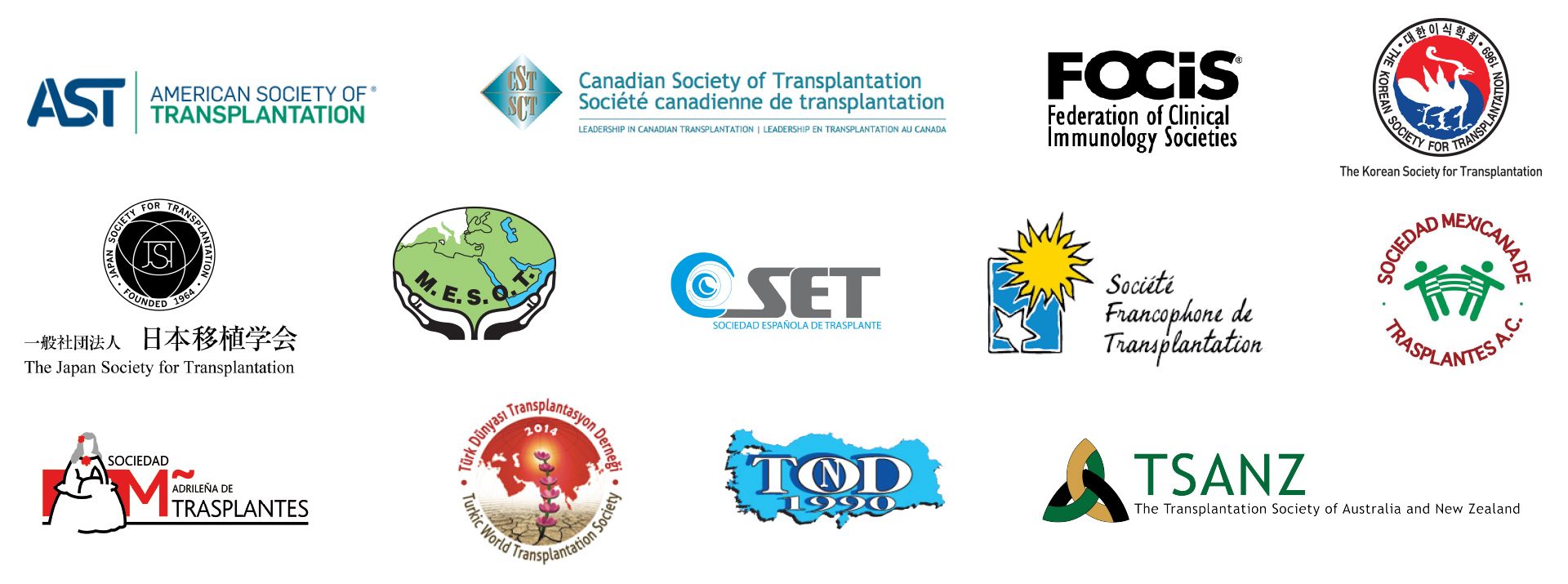
Upcoming Webinars
Women in Transplantation 2024 Research Grants

WIT is delighted to announce that requests for applications are now open for the 2024-2026 Research Fellowship Grants for Research in Gender and Sex in Transplantation.
TTS Call for Nominations

We are now accepting nominations for three (3) Officer positions and nine (9) Councilors-at-large positions representing the Regions.
Contact
Address
The Transplantation Society
International Headquarters
740 Notre-Dame Ouest
Suite 1245
Montréal, QC, H3C 3X6
Canada
Используйте Вавада казино для игры с бонусом — активируйте промокод и начните выигрывать уже сегодня!

